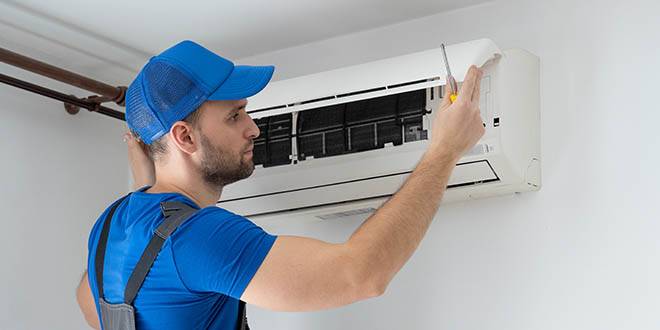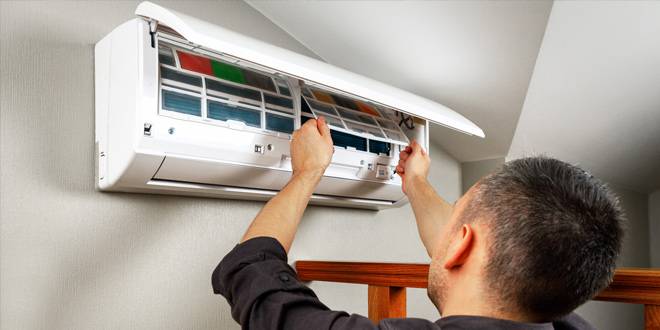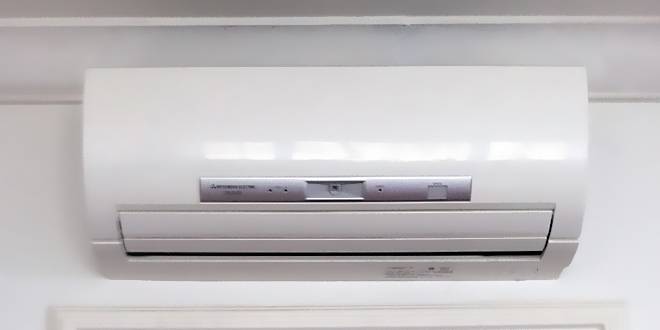Air conditioners are vital for maintaining comfort in homes and offices, especially during the hot summer months. A key component of any air conditioner is its sensors, which ensure the unit operates efficiently and maintains the desired temperature. These sensors monitor various aspects of the air conditioner’s operation, such as room temperature and coil temperature, to optimize performance and energy efficiency.
However, sensor issues can lead to significant problems, reducing the effectiveness of your air conditioning system. When sensors fail or malfunction, it can result in uneven cooling, higher energy bills, and potential damage to the unit. In this blog post, we’ll explore common air conditioner sensor issues and how to fix them to keep your system running smoothly.
Types of Air Conditioner Sensors
Air conditioners rely on various sensors to monitor and regulate their operation. Understanding the different types of sensors can help you diagnose and address any issues that may arise. Here’s a comparative table outlining the main types of air conditioner sensors:
| Sensor Type | Function | Common Issues |
| Thermostat Sensor | Monitors the room temperature and signals the air conditioner to cool the space to the desired level. | Faulty readings, leading to continuous operation or failure to turn on. |
| Evaporator Coil Sensor | Measures the temperature of the evaporator coil to prevent it from freezing or overheating. | Incorrect readings causing coil freezing or inefficient cooling. |
| Ambient Temperature Sensor | Detects the outside temperature to adjust the cooling process accordingly. | Malfunctioning sensor causing improper cooling adjustments. |
Common Sensor Issues
Air conditioner sensors are essential for the proper functioning of your cooling system, but they can experience several common issues that may impact performance. Here are some of the most frequent sensor problems:
1. Faulty Thermostat Sensor:
- Symptoms: The air conditioner runs continuously or does not turn on at all.
- Causes: A damaged or malfunctioning sensor can lead to inaccurate temperature readings, causing the system to operate improperly.
- Effects: This issue can result in uneven cooling, discomfort, and increased energy bills.
2. Misaligned Sensors:
- Symptoms: The air conditioner cycles on and off frequently or does not maintain the set temperature.
- Causes: Sensors that are not positioned correctly within the unit can fail to detect temperatures accurately.
- Effects: Misaligned sensors can cause the air conditioner to overcool or undercool the space, leading to inefficient operation.
3. Dirty Sensors:
- Symptoms: Inconsistent cooling performance and frequent cycling.
- Causes: Dust and debris accumulation on sensors can interfere with their ability to read temperatures correctly.
- Effects: Dirty sensors can lead to incorrect temperature readings, affecting the overall performance and efficiency of the air conditioner.
4. Sensor Wiring Problems:
- Symptoms: The air conditioner fails to respond to temperature changes or operates erratically.
- Causes: Damaged or loose wiring can disrupt the signal between the sensor and the control board.
- Effects: Wiring issues can cause the air conditioner to malfunction, leading to unreliable performance and potential damage to the unit.
By identifying these common sensor issues, you can take the necessary steps to diagnose and fix them, ensuring your air conditioner operates efficiently and effectively.

How to Diagnose Sensor Issues
Diagnosing sensor issues in your air conditioner can help you pinpoint the problem and take appropriate action. Here’s a step-by-step guide to help you diagnose common sensor problems:
Signs of Sensor Problems
- Inconsistent Temperature: If the room is not reaching the set temperature or fluctuates widely, a sensor issue might be to blame.
- Frequent Cycling: The air conditioner turns on and off more frequently than usual.
- Continuous Operation: The unit runs continuously without shutting off.
- Error Codes: Modern air conditioners may display error codes indicating sensor issues.
Step-by-Step Diagnosis Guide
Step 1: Check the Thermostat Settings
- Ensure the thermostat is set to the correct mode (cooling) and temperature.
- Verify that the thermostat is not in direct sunlight or near heat sources, as this can affect its readings.
Step 2: Inspect the Sensor Placement
- Locate the thermostat and other sensors within the unit.
- Ensure they are properly positioned and not obstructed by dirt or debris.
Step 3: Clean the Sensors
- Turn off the air conditioner.
- Carefully clean the sensors with a soft cloth to remove any dust or debris.
- Avoid using harsh chemicals that could damage the sensors.
Step 4: Check the Wiring
- Inspect the sensor wiring for any signs of damage, such as frayed wires or loose connections.
- Ensure all connections are secure.
Step 5: Test the Sensors
- Use a multimeter to check the resistance of the sensors. Refer to the air conditioner’s manual for the correct resistance values.
- Compare the readings to the manufacturer’s specifications.
Step 6: Consult the Error Codes
- If your air conditioner displays error codes, refer to the manual to understand the specific issue related to the sensors.
- Follow the troubleshooting steps provided by the manufacturer.
Diagnosing sensor issues early can prevent more serious problems and ensure your air conditioner runs efficiently. If you’re unable to resolve the issue, consider reaching out to a professional technician.

Fixing Sensor Issues
Once you’ve diagnosed the problem with your air conditioner’s sensors, it’s time to fix the issue. Depending on the severity and nature of the problem, some fixes can be performed as DIY solutions, while others may require professional assistance.
DIY Fixes for Common Sensor Problems
1. Realigning Sensors:
- Steps:
- Turn off the air conditioner.
- Locate the misaligned sensor and gently adjust it to its correct position.
- Ensure the sensor is secure and not touching any other components.
- Tools Needed: Screwdriver, user manual for sensor location.
2. Cleaning Sensors:
- Steps:
- Turn off the air conditioner.
- Use a soft cloth to gently clean the sensors, removing any dust or debris.
- Avoid using water or cleaning chemicals that could damage the sensors.
- Tools Needed: Soft cloth.
3. Fixing Wiring Issues:
- Steps:
- Turn off the air conditioner.
- Inspect the wiring for any visible damage or loose connections.
- Tighten any loose connections and repair or replace damaged wires as needed.
- Tools Needed: Screwdriver, wire stripper, electrical tape, replacement wires.
4. Replacing Faulty Sensors:
- Steps:
- Turn off the air conditioner.
- Refer to the user manual to locate and remove the faulty sensor.
- Install the new sensor, ensuring it is properly connected and aligned.
- Tools Needed: Screwdriver, user manual, replacement sensor.
When to Call a Professional
While some sensor issues can be resolved with DIY fixes, certain problems may require professional expertise:
- Complex Wiring Problems: If you are not confident in handling electrical components, it is best to contact a professional to avoid potential hazards.
- Persistent Issues: If the problem persists after attempting DIY fixes, a professional technician can perform a more thorough inspection and provide a long-term solution.
- Error Codes: For air conditioners displaying error codes related to sensors, a professional can accurately diagnose and fix the issue.
At Iceberg Mechanical Corp, we offer expert AC repair services to help you resolve any sensor issues and keep your air conditioner running smoothly. Additionally, our AC maintenance services can help prevent future sensor problems and ensure optimal performance.

Preventive Maintenance Tips
Preventing sensor issues in your air conditioner is key to maintaining its efficiency and extending its lifespan. Regular maintenance can help you avoid costly repairs and ensure your system runs smoothly. Here are some preventive maintenance tips:
Regular Cleaning and Inspection
1. Clean the Sensors:
- Dust and debris can accumulate on sensors, affecting their performance. Regularly clean the sensors with a soft cloth to remove any buildup.
- Frequency: Check and clean sensors every 3-6 months, or more frequently if you live in a dusty environment.
2. Inspect Sensor Placement:
- Ensure sensors are properly positioned and not obstructed by other components or debris.
- Verify that the thermostat is in a location where it can accurately measure the room temperature, away from direct sunlight and heat sources.
3. Check Wiring:
- Inspect the wiring for any signs of wear or damage. Tighten any loose connections and replace damaged wires.
- Frequency: Perform a visual inspection of the wiring every 6 months.
Professional Maintenance
1. Schedule Annual Tune-Ups:
- Professional maintenance can help identify and resolve potential sensor issues before they become serious problems. A technician can clean and inspect the sensors, wiring, and other components of your air conditioner.
- Service: Schedule an annual maintenance visit with a qualified HVAC technician.
2. Regular System Checks:
- Professionals can perform more comprehensive checks, including testing sensor resistance and recalibrating the system if needed.
- Service: Consider semi-annual checks, especially before the start of the cooling season.
Preventive Measures
1. Use High-Quality Filters:
- High-quality air filters can reduce the amount of dust and debris that reach the sensors. Replace filters regularly to maintain airflow and reduce the strain on the system.
- Frequency: Change air filters every 1-3 months.
2. Monitor System Performance:
- Keep an eye on your air conditioner’s performance. If you notice any unusual behavior, such as frequent cycling or inconsistent temperatures, address the issue promptly to prevent further damage.
By following these preventive maintenance tips, you can ensure your air conditioner’s sensors remain in good working condition, helping your system operate efficiently and reliably.
For comprehensive maintenance services, consider our AC maintenance packages. We also offer emergency HVAC services to address any urgent issues that may arise.

Conclusion
Properly functioning sensors are crucial for the optimal performance of your air conditioner. Sensor issues can lead to a range of problems, from inefficient cooling to increased energy bills. By understanding the different types of sensors, recognizing common issues, and knowing how to diagnose and fix these problems, you can maintain a comfortable and efficient home environment.
Key Points Recap:
- Types of Sensors: Thermostat, evaporator coil, and ambient temperature sensors each play a vital role in your air conditioner’s operation.
- Common Issues: Faulty, misaligned, dirty sensors, and wiring problems are frequent culprits of sensor malfunctions.
- Diagnosis: Regularly inspect and clean sensors, check for correct placement, and ensure wiring is intact to diagnose issues early.
- Fixes: Simple DIY solutions can resolve many sensor problems, but for persistent or complex issues, professional help may be necessary.
- Preventive Maintenance: Regular cleaning, inspections, and professional tune-ups can prevent sensor issues and ensure your system runs smoothly.
Addressing sensor issues promptly can prevent larger problems and keep your air conditioner running efficiently. For any sensor-related concerns or comprehensive maintenance, Iceberg Mechanical Corp is here to help. Explore our air conditioning services, including AC repair, ductless AC installation, central AC installation, and AC maintenance. If you need immediate assistance, our emergency HVAC services are available to address urgent issues.
For a detailed inspection or to schedule a maintenance visit, check our service areas or request a quote today.


